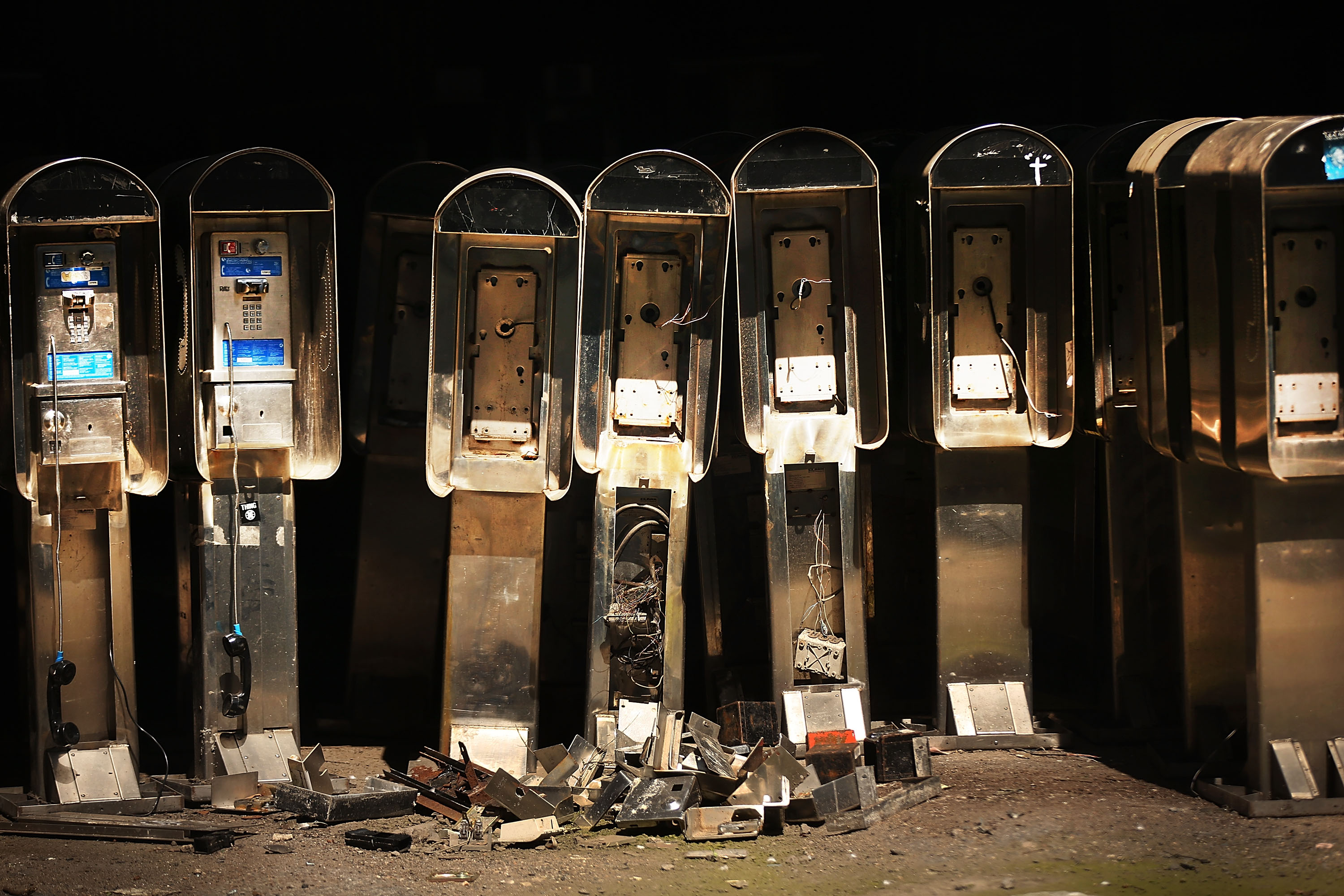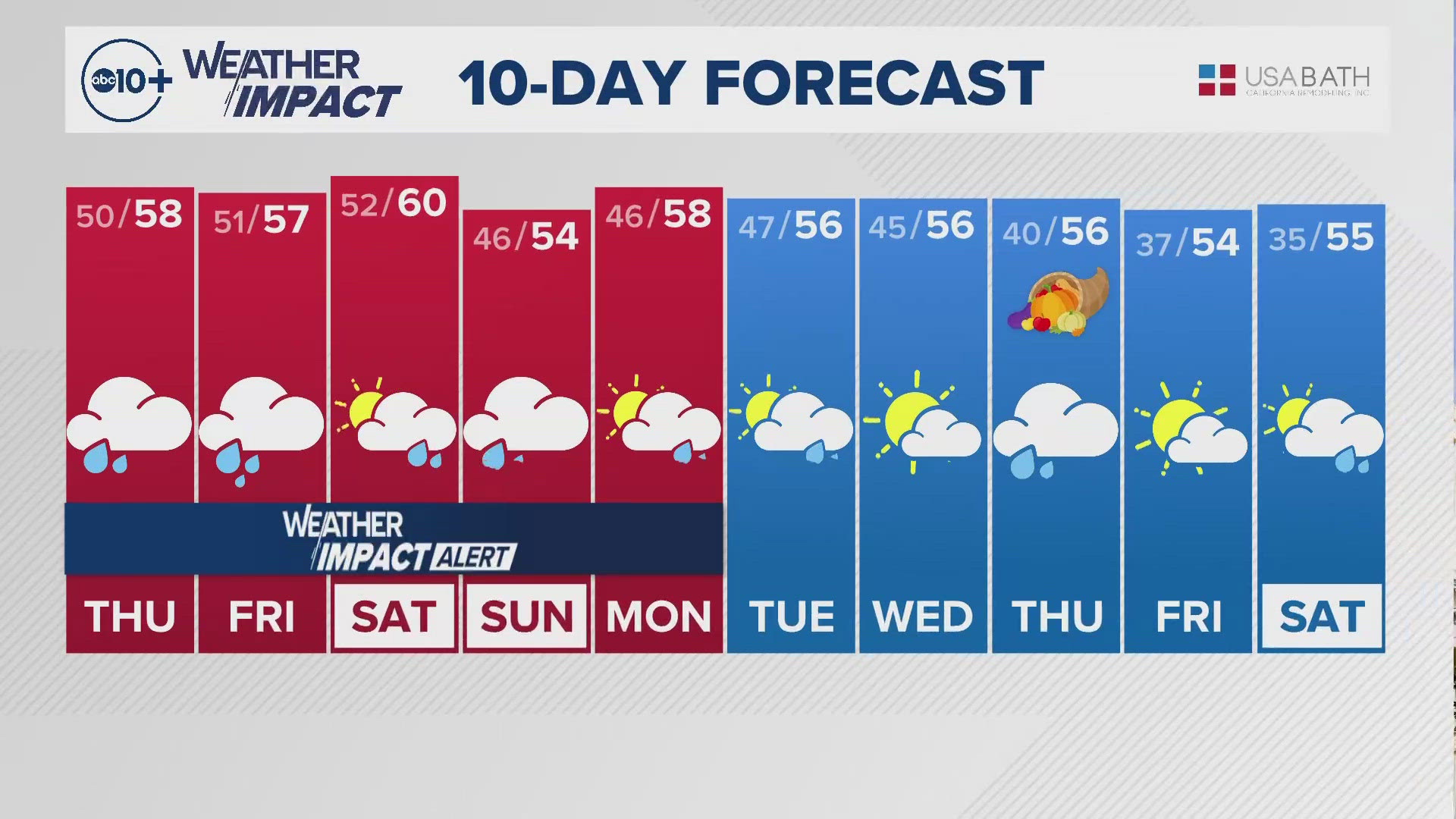Remember payphones? Those boxes with the word “PHONE” sprawled out in white letters that stood on nearly every corner of the country’s cities?
Well, they’re barely around, so it’s completely understandable if it takes a while to recall. Regardless, they were used for years before cell phones were brought into the forefront of American culture.
With the device essentially gone from the face of the earth, we figured we'd take a look at the long journey payphones took from being the greatest invention of its time to ultimately being rendered useless.
1876: You’ve heard of the old adage, “To the victors go the spoils.” Well, that was essentially the case with the invention of the telephone. Here’s the story, according to the Library of Congress: In 1849, Italian immigrant Antonio Meucci began developing the original concept of the telephone. Years later, in 1871, he filed a caveat, announcing his invention, but was unable to renew his caveat because of money problems.
Enter Alexander Graham Bell. You know him, the guy credited with the invention. Well, to be fair, Bell did officially patent for the phone in 1876. (Although, technically his lawyer did.) Here’s where things get even more interesting, though. According to the Library of Congress, Elisha Gray, a professor at Oberlin College, applied for a caveat the same day as Bell.
Unfortunately for Gray, his lawyer didn’t make it to the U.S. Patent Office before Bell’s lawyer. (Gray’s lawyer had the 39th submission of the day, and Bell’s had the 5th.)
Thus, the telephone was invented. And, although it was mostly used by wealthy people for private use, it changed the future.
1883: The “telephone-cabinet” was patented by Richard Busteed of Brooklyn, NY. There was no model of Busteed’s idea, but an illustration shows a roomy booth, moveable with the use of wheels, with a desk and phone inside.
1889: The first payphone was installed by inventor William Gray (who, believe it or not, also invented a new inflatable chest protector for catchers in baseball a few years before) and developer by George A. Long at a bank in Hartford, Connecticut. As the story goes, Gray came up with the idea after nobody would let him use their phones to call the doctor to help his ailing wife.
Unlike current payphones, customers who used the phone would pay after they used it, rather than before. It was essentially an honor system, where, after use, the user would insert coins and the operator could hear if the right amount was used.
1898: The first “prepay” station, the Western Electric No. 5 Coin Collector, was installed in Chicago.
1902: There were 81,000 payphones in the country.
1905: The first outdoor coin payphone was installed on a street in Cincinnati.
1950s: Glass door booths began replacing that already in-use wooden ones.
1957: Drive-up payphones were first tested in Mobile, Alabama and in Chicago.
1960: The Bell System installed its millionth payphone.
1966: The “dial tone first” service was introduced. This allowed emergency calls on payphones easier because users didn’t have to pay first.
1967: Charles Katz used a public phone booth to send illegal gambling wagers from California to Miami and Boston. When the FBI caught wind of this, they bugged the payphone booth, and arrested Katz. He was later convicted, but appealed the decision stating that it violated his 4th Amendment rights. The Supreme Court later overruled the Court of Appeals in Katz v. United States, extending the 4th amendment protection to areas where a person has a “reasonable expectation of privacy.” This made it illegal for law enforcement to tap payphones without a warrant. (More on this later.)
1973: The history of the payphone wouldn’t be complete without mentioning what ultimately led to its demise. The first cell phone call was made in 1973, when Martin Cooper, a senior engineer at Motorola called a rival telecommunications company.
1983: Fastforward 10 years, and Motorola puts its first cell phone on the market. The behemoth of a device sold for nearly $4,000.
The ’80s ’90s: Back to the whole 4th Amendment issue. Ever watched the hit HBO show “The Wire?” If not, it’s been ranked by numerous publications as a top three show of all time. However, that’s beside the point. In the show, drug dealers in Baltimore were shown using payphones on the corners of public housing projects to talk business. (This was also done in “The Sopranos,” but wasn’t used nearly as much to drive the plot.)
This didn’t just happen on television. Because of the legalities surrounding payphone usage, drug dealers, gamblers, scammers, etc. were able to use these payphones for their shady dealings. At least until the authorities obtained a warrant and were able to legally hear anything recorded on the phones.
Payphones would eventually be the center of several public policy plans across the country. Some cities implemented laws that would prohibit payphones in certain areas, and some just pulled payphones out of the corners all together.
1995: The number of public payphones peaks in America, reaching 2.6 million phones on the streets.
2001: BellSouth was the first phone company to announce that it was getting out of the payphone business.
2002: Remember Antonio Meucci? The Italian immigrant who filed the first caveat for the telephone in the 1870s? Well, he was finally recognized for that by the U.S. House of Representatives.
2007: At&T announced it would be leaving the payphone market.
2011: Verizon also jumps ship.
2016: With smartphones taking over and payphones practically becoming non-existent, some companies started repurposing payphone stations and turning them into WiFi hotspots and charging stations. LinkNYC was the first to do this on a broad scale, replacing over 7,500 payphones in New York City.


